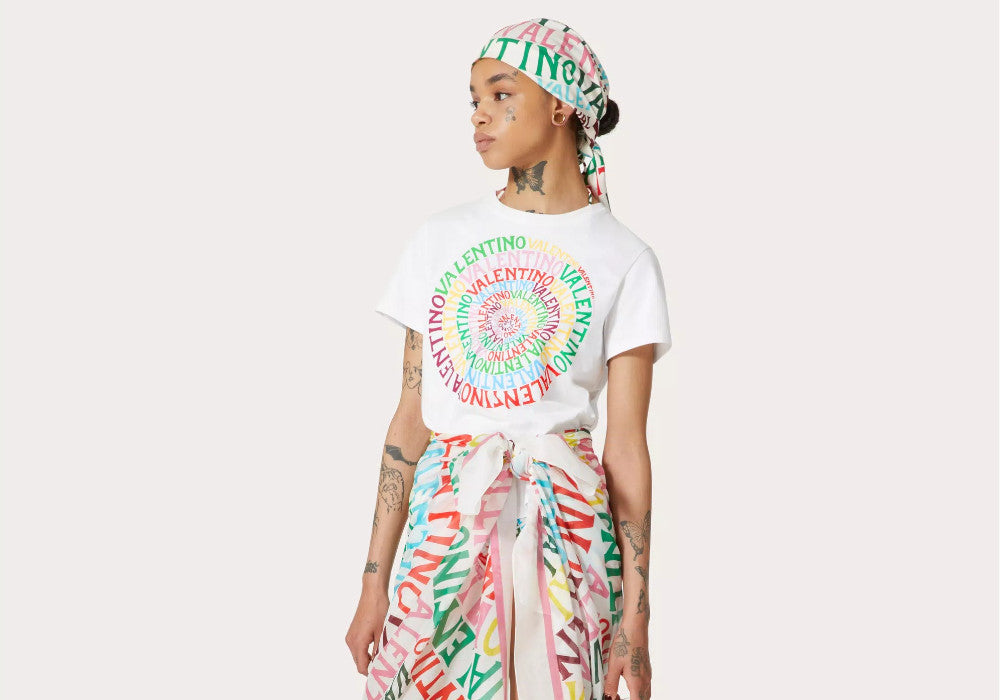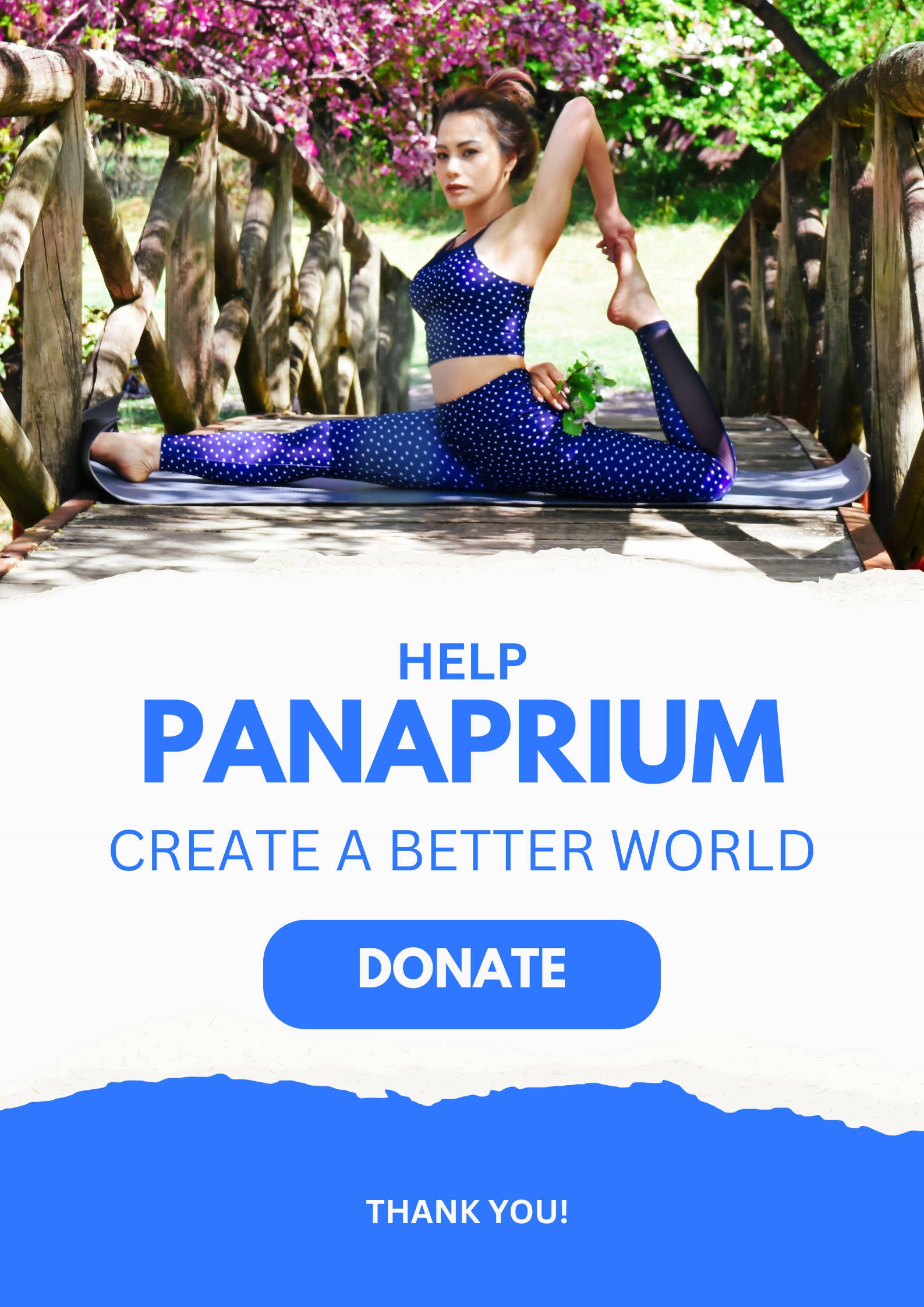
Valentino is an Italian fashion retailer founded in 1959 in Rome by Valentino Clemente Ludovico Garavani. The multinational clothing-retail company creates luxury fashion for women and men.
Valentino is committed to artisanal manufacturing and to the planet's wellbeing. It focuses on an inclusive society made by local entities and global movements.
Valentino is making a change of gear and a shift in the business model closer to the three pillars: people, product, planet. It's adopting transparent procedures and practices to reduce its environmental impact.
Panaprium is independent and reader supported. If you buy something through our link, we may earn a commission. If you can, please support us on a monthly basis. It takes less than a minute to set up, and you will be making a big impact every single month. Thank you!
Sustainability Rating: 4/10
Rating FAQ
Category: Clothing, accessories, shoes, bags, jewelry
For: Women, men
Type: Basics, denim, dresses, knitwear, outerwear, loungewear
Style: Chic
Quality: High
Prices: $$$
Sizes: 2XS-3XL, 0-16 (US), 2-18 (UK), 32-46 (EU), 2-18 (AU)
Fabrics: Cotton, linen, jute, modal, viscose, cupro, acetate, polyester, nylon, spandex, polypropylene, acrylic, polyurethane, rubber, leather, wool, silk, down
100% Organic: No
100% Vegan: No
Ethical & Fair: Yes
Recycling: Yes
Producing countries: Italy, Spain
Certifications: no certification
Sustainability Practices
Valentino only uses a tiny proportion of organic materials such as organic cotton or recycled materials such as recycled cotton.
Most of the fabrics it uses are either natural without relevant certifications, such as regular cotton or linen, or synthetic petroleum-based fibers such as polyester, nylon, acrylic, and more.
Valentino also uses a small proportion of semi-synthetic fibers or regenerated cellulosic fabrics such as cupro, acetate, and viscose.
Valentino publishes a list of all its manufacturers and many of its processing facilities on its corporate website.
The 2022 Fashion Transparency Index gave Valentino a score of only 5% based on how much the group discloses about its social and environmental policies, practices, and impacts.
The clothing retailer doesn't show any labor certification standard that would ensure good working conditions, decent living wages, health, safety, and other crucial rights for workers in its supply chain.
Valentino has a code of conduct that applies to all its suppliers and subcontractors. It doesn't state if it conducts any audit to assess compliance with its Code of Conduct.
Valentino doesn't use exotic animal skin, hair, fur, or angora. But it uses leather, wool, silk, and down feathers to manufacture many of its clothing pieces.
These animal-derived materials are cruel and unethical. They also harm the environment by producing greenhouse gases and waste. More sustainable alternatives exist.
Sustainability Goals
Valentino doesn't show any measurement of its greenhouse gas emissions, water usage, chemical release, pollution, or waste across its supply chain.
It doesn't have any clear sustainability goals, science-based targets, or timeline to improve in the future either.
Buy Here
Discover Valentino's sustainable collections at Valentino.com.
Reviews And Experiences With Valentino
Have you had (good) experiences with shopping at or the products of Valentino? Then leave us your rating below.
What We're Up Against
Multinational corporations overproducing cheap products in the poorest countries.
Huge factories with sweatshop-like conditions underpaying workers.
Media conglomerates promoting unethical, unsustainable products.
Bad actors encouraging overconsumption through oblivious behavior.
- - - -
Thankfully, we've got our supporters, including you.
Panaprium is funded by readers like you who want to join us in our mission to make the world entirely sustainable.
If you can, please support us on a monthly basis. It takes less than a minute to set up, and you will be making a big impact every single month. Thank you.






























0 comments